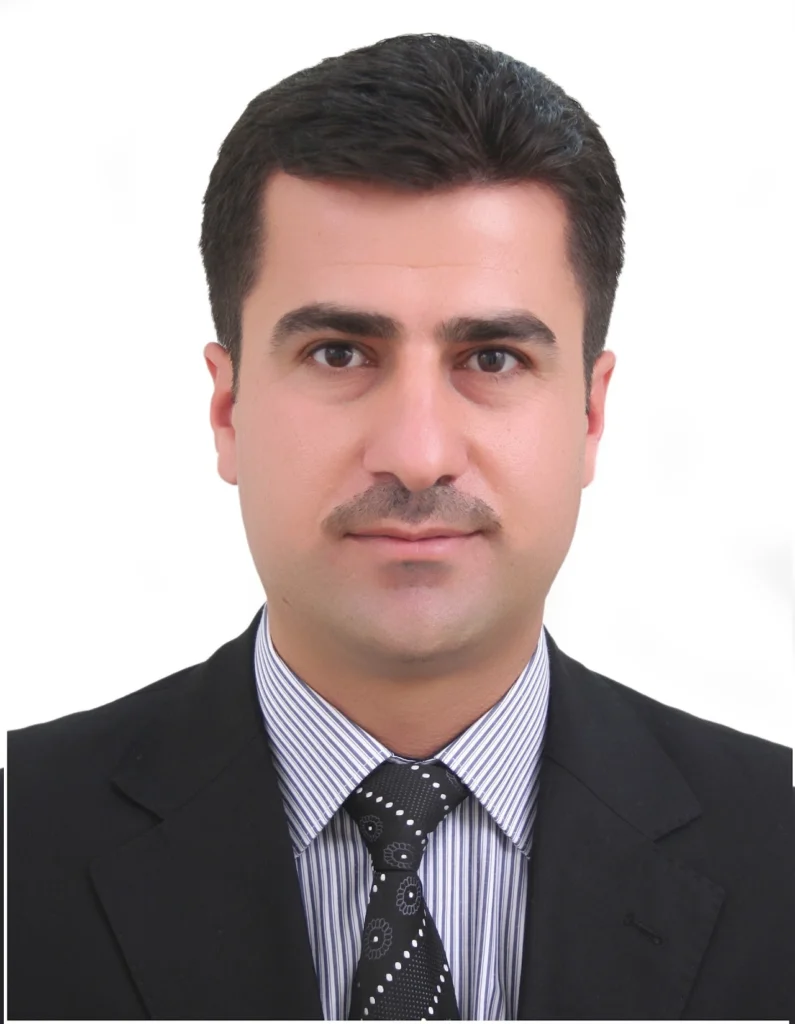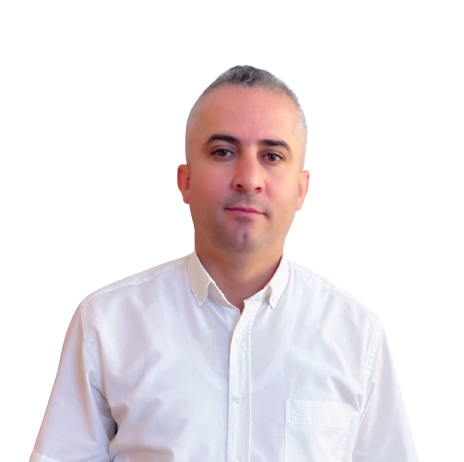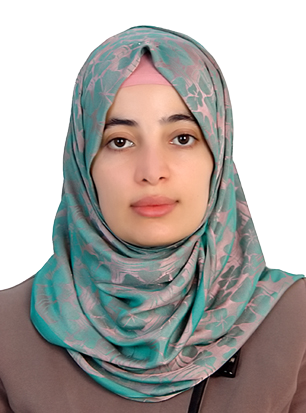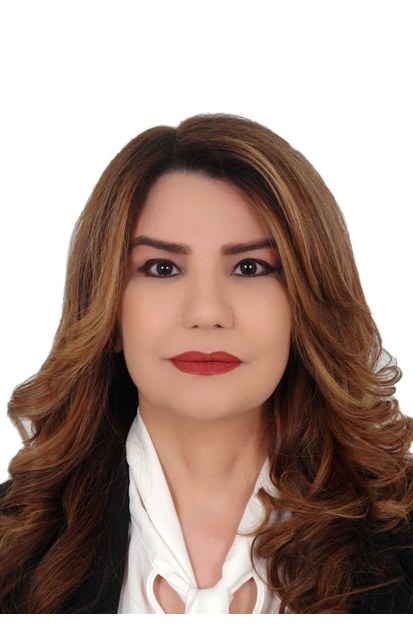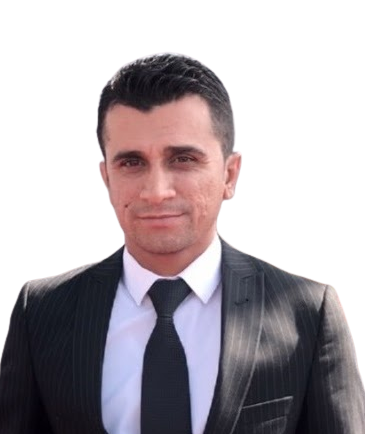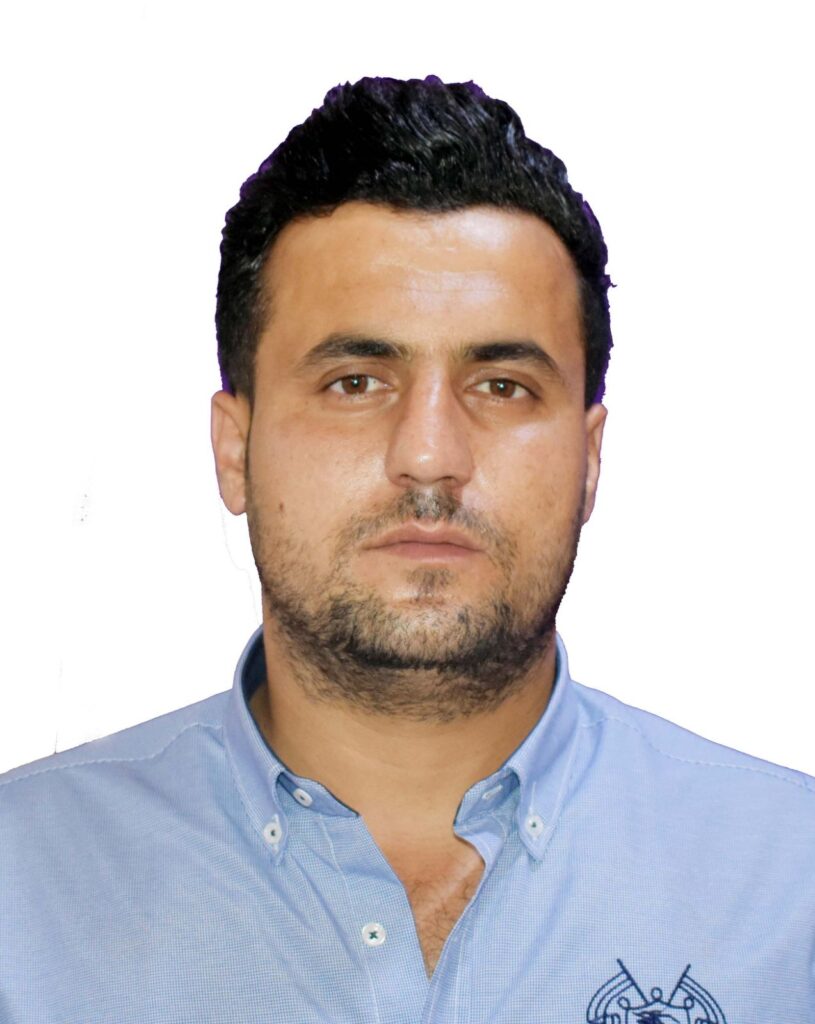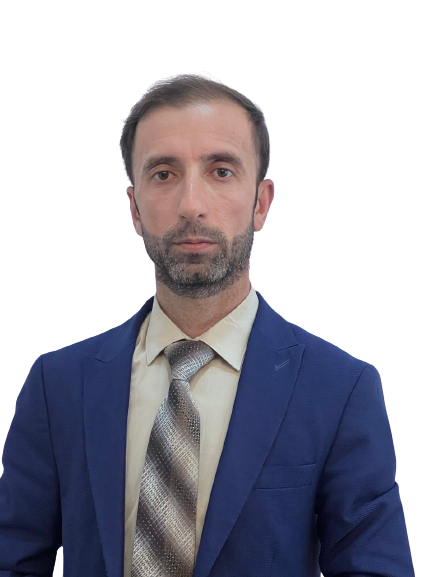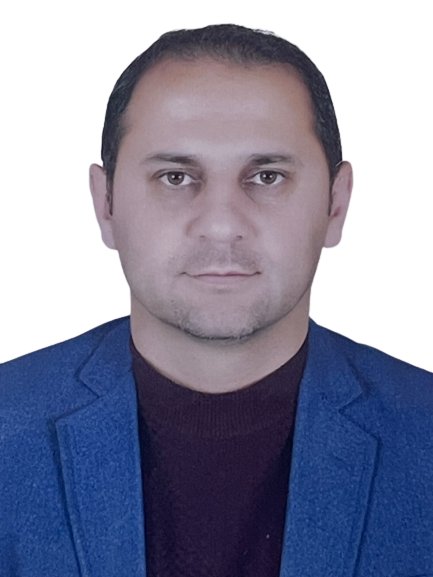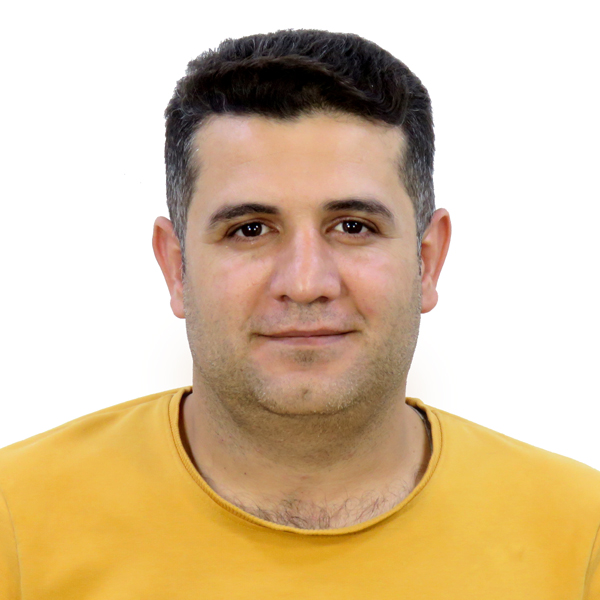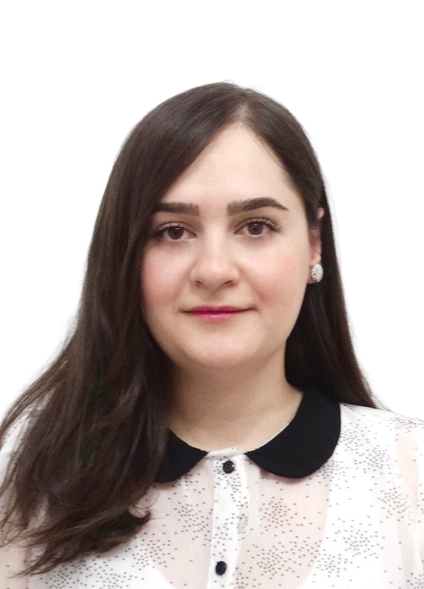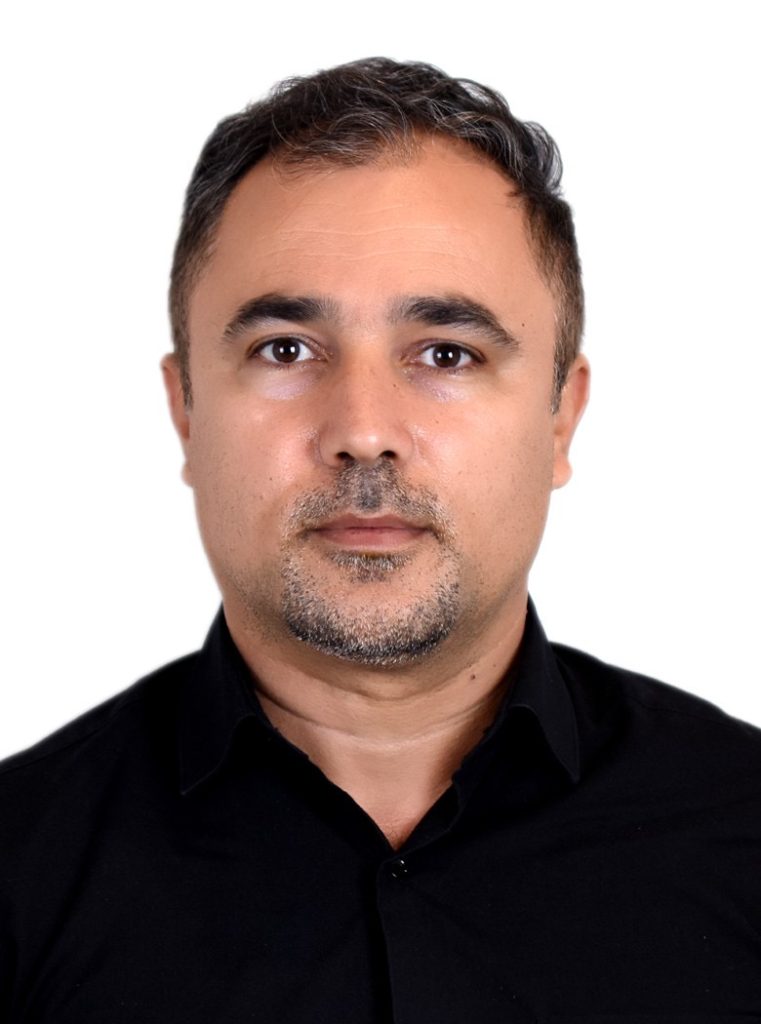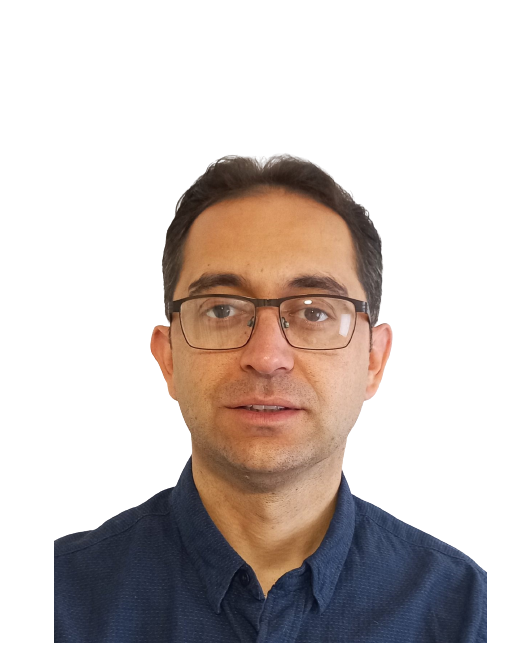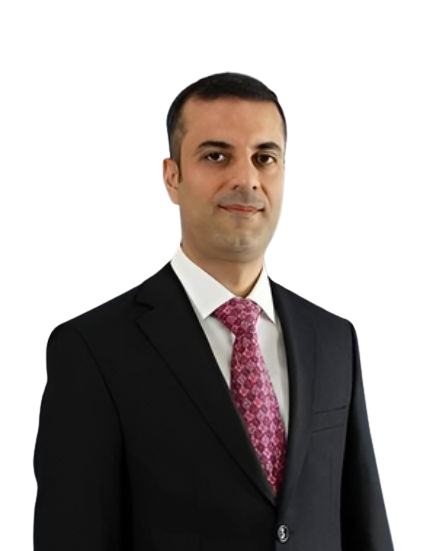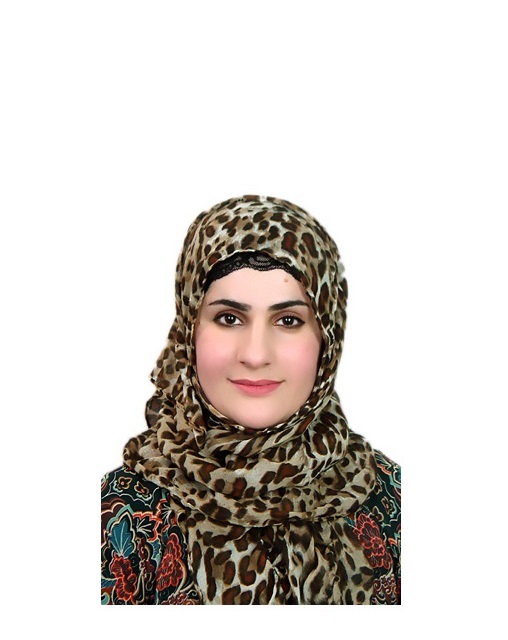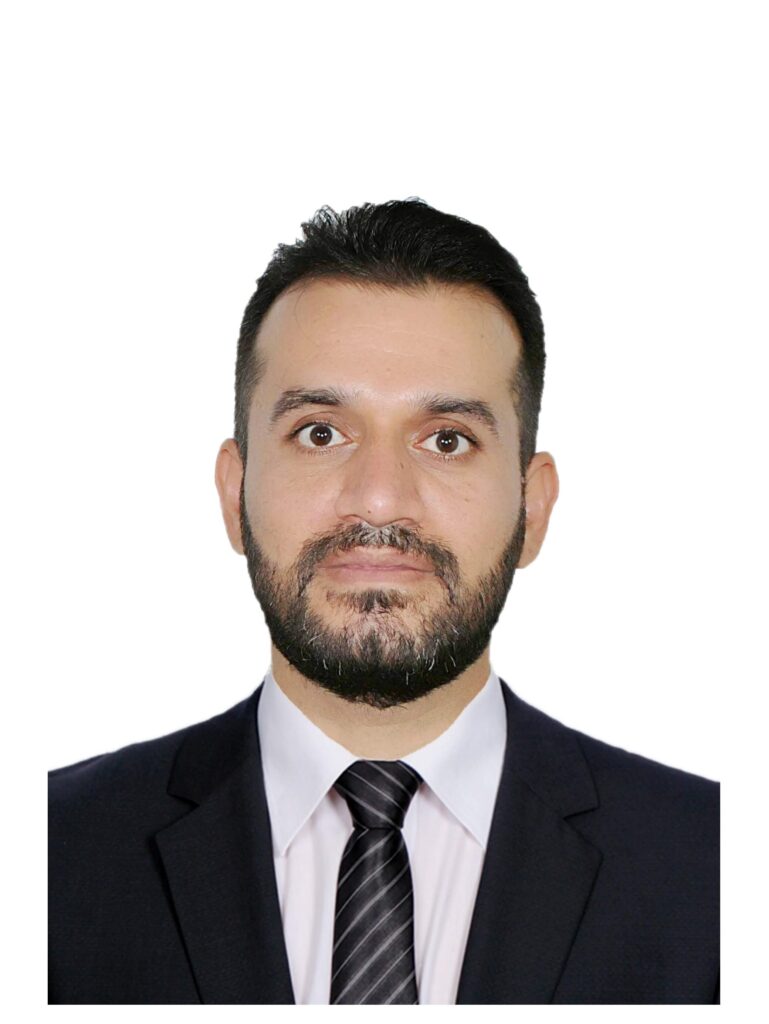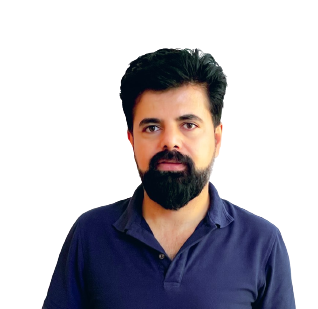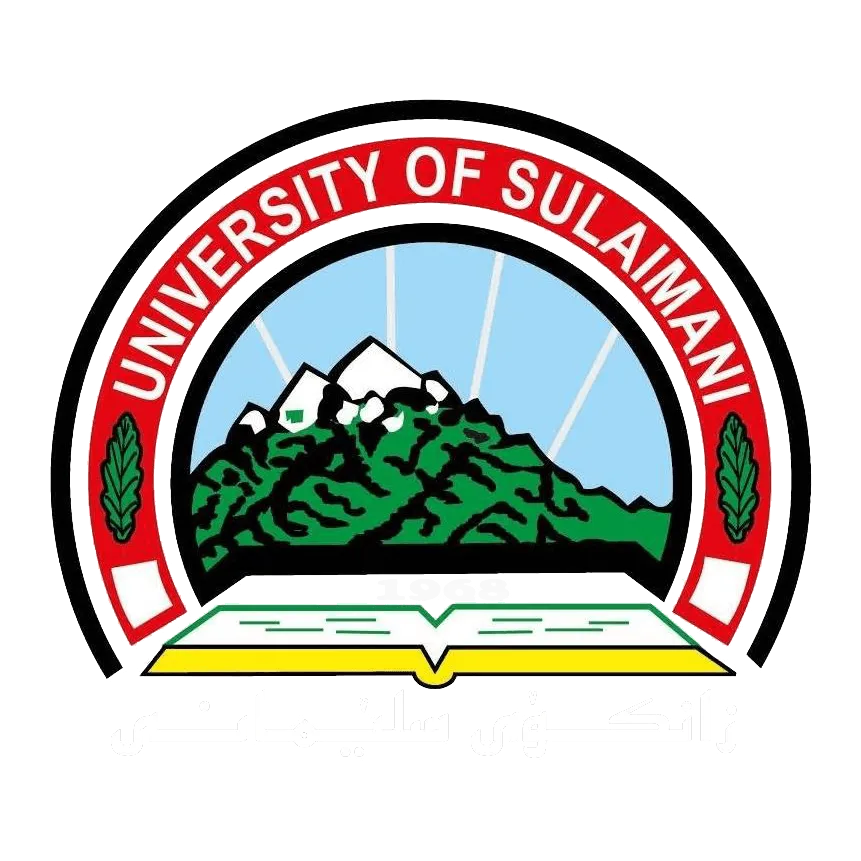College of Education
Mathematics
Department Description:
The Mathematics Department was established in the academic year 2007–2008 based on the suggestion of the Ministry of Education (KRG). The mission of the mathematics department is to prepare graduates with high degrees of efficiency and competence to teach in high schools. In addition, our graduates are educated to evaluate high school students. Providing professional cadres in the field of mathematics and educational training for the teachers of high schools To provide high-level and qualified teachers for the high schools in the Kurdistan region.
Department Vision:
The Department of Mathematics aspires to the highest standards of excellence in teaching and service. The department strives to earn regional recognition for its expertise in the field of mathematics and the teaching of mathematics. The department tries to prepare good teachers for the high schools in the region. We will be a source for the promotion of problem solving, analytical thinking, and utilizing technology. We will produce high-quality mathematics majors, well prepared to enter the workforce or attend graduate schools. We will provide students with individualized help in their studies, and we intend to develop a program whereby students may obtain tutoring as needed to successfully complete their mathematics courses.
Department Mission:
The mission of the department is to provide professional cadres in the field of mathematics to support the national development programs within public and higher education institutes.
- To provide high-level and qualified teachers for the high schools in the Kurdistan Region.
- To encourage scientific research and publications in accredited scientific publications.
- To encourage participation in scientific forums and seminars.
- To encourage the follow-up of the latest scientific research and techniques in the field.
Learning Outcomes at Department:
In consideration of our responsibility for delivering a high-quality program in mathematics that is consistent with the mission and goals of the institution, we have developed the following program-level goals and learning outcomes:
Program Goal One: Effectively communicate topics in the mathematical sciences.
Students will effectively communicate topics related to the mathematical sciences in written and oral form.
Program Goal Two: Formulate, analyze, and solve a wide variety of problems in the mathematical sciences.
Students will recognize problem-solving techniques appropriate to a given situation, including the development of mathematical models, the identification of assumptions, the understanding of the limitations of models, and the use of both graphical and numerical methods.
Students will demonstrate the use of technology to understand, solve, and generalize problems. Students will be able to self-assess their academic growth.
Program Goal Three: Demonstrate proficiency with topical content and techniques in the mathematical sciences.
Students demonstrate an understanding of commonly used facts, formulas, terminology, and definitions.
Students can write well-constructed and logical mathematical proofs.
Department Study Methods:
The mathematics department generally consists of two main parts: theory and application. Each of these two sections contains several topics such as topology, complex analysis, numerical analysis, first and second calculus, differential equations; a further subsection focuses on these topics, which include computer science, mathematical statistics, and psychological sciences.
Learning in the department involves attending face-to-face classes while working hours. In emergent situations, such as in the case of “Covid-19,” hybrid learning in both synchronous and asynchronous classrooms is used instead of distance learning. The program uses an integrated approach, and students who earned bachelor degrees from their secondary schools are required to complete courses in mathematical, psychological, and educational science in both required and elective modules. The curriculum has been modified in accordance with the Bologna process, which complies with the European Higher Education Area (EHEA). There are (180) ECTS units total (30) for each of the eight semesters in the European Credit Transfer and Accumulation System. The minimum number of credits needed to complete an academic year is (36) ECTS, which equates to two yearly semesters. The remaining (24) ECTS may be added by the student during their study term as long as their total accumulation does not exceed (30). After completing fieldwork that involves classroom observation and teaching in secondary schools in their final year, students get a bachelor’s degree in Mathematical Science.
Language used in department:
The language of instruction at the Department is English.
Duration of Studies:
The duration of study at the department is 4 academic years, divided into 8 semesters. The four-year B.Sc. in Mathematics curriculum consists mostly of courses in mathematics theory and applications, but it also contains certain courses in computer science, mathematics teaching techniques, and psychological sciences. The courses are tailored to the Bologna process, which complies with the European Higher Education Area (EHEA). In total, there are (240) ECTS credits available for the eight semesters, with 30 credits available for each. In order to pass an academic year, students must earn 36 ECTS out of a possible 60 during the course of two semesters.
Academic Staff:
